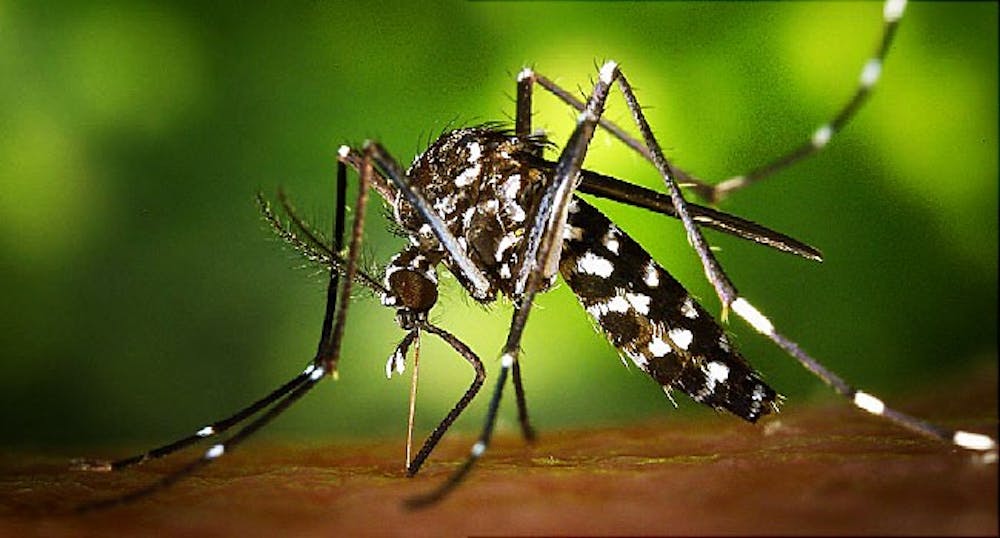Researchers from Baylor College of Medicine, the Broad Institute of MIT and Harvard, Rice University and Texas Children’s Hospital have come together to discover the state-of-the-art 3D genome assembly which can compile, from scratch, an entire genome of any organism at a faster and cheaper rate than ever before.
Because of the recent Zika outbreak, a group of researchers have assembled the Zika virus mosquito’s genome in order to find hints about how to attack this disease.
The Zika virus is spread by the Aedes aegypti mosquito which thrives near tropical and subtropical areas and tend to bite more aggressively during the daytime. Zika is an epidemic that has caused thousands of babies to be born with underdeveloped brains.
This species of mosquito is identified by white stripes on its legs. It is also responsible for the transmission of dengue, chikungunya virus and yellow fever.
By delving into the genome of these mosquitos, researchers are hoping to find a cure for the Zika virus.
A genome is an organism’s complete set of DNA which contains genetic instructions that allow an organism to develop and thrive. DNA, deoxyribose nucleic acid, is made up of a phosphate group, a sugar group and several billion pairs of various combinations of the nucleotide bases adenine, thymine, guanine and cytosine. The order of these bases determine the genetic code of an organism and provide the basis for genome sequencing.
In April 2003 the first sequenced human genome was assembled in the 2.7 billion dollar Human Genome Project. The results from this project allowed for genome-based research and paved the way for preventative medicine. However, because the human genome differs from person to person, the use of a reference genome in identifying another’s anomalous genome may be compromised.
In order to account for this, the research team developed a new procedure known as the 3D genome assembly which establishes the genome sequence based on the way the chromosomes fold within the nucleus.
The cost of using the 3D assembly technique provides a much cheaper way to obtain a sequenced genome with a price comparable to taking an MRI scan.
“Our new method doesn’t depend on previous knowledge about the individual or the species that is being sequenced,” Olga Dudchenko, postdoctoral fellow at the Center of Genome Architecture at Baylor College of Medicine, said in a press release. “It’s like being able to perform a human genome project on whoever you want, whenever you want, or whatever you want.”
As shown in the case of the Zika virus, the Aedes team has assembled a 1.2 billion letter genome of the Aedes aegypti mosquito to determine any vulnerabilities in the transmitter’s genome that may eventually lead to discovering a way to halt and eradicate the spread of the disease.
Before Zika the team also worked on constructing a genome of the Culex quinquefasciatus mosquito, the main family of mosquitos responsible for transmitting the West Nile virus.
“Culex is another important genome to have, since it is responsible for transmitting so many diseases,” Erez Lieberman Aiden, the director of the Center for Genome Architecture, said in a press release. “Still, trying to guess what genome is going to be critical ahead of time is not a good plan. Instead we need to be able to respond quickly to unexpected events.”
With the 3D genome assembly, de novo genomes — genomes assembled from scratch — can be constructed at a more efficient and cost-effective rate than previous efforts, hopefully leading to a potential cure for the Zika virus in the near future.

















